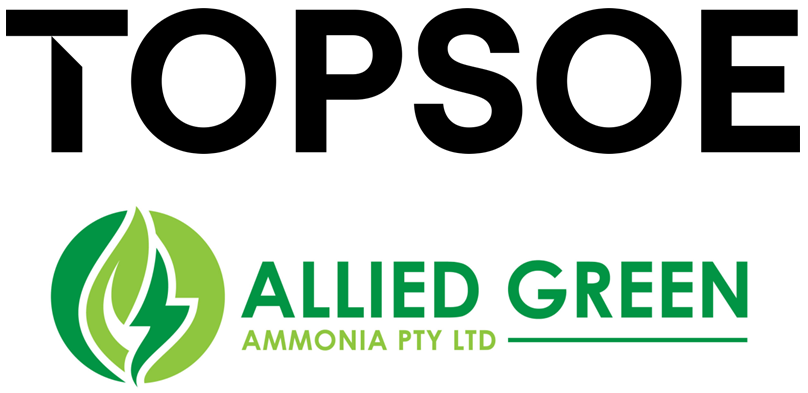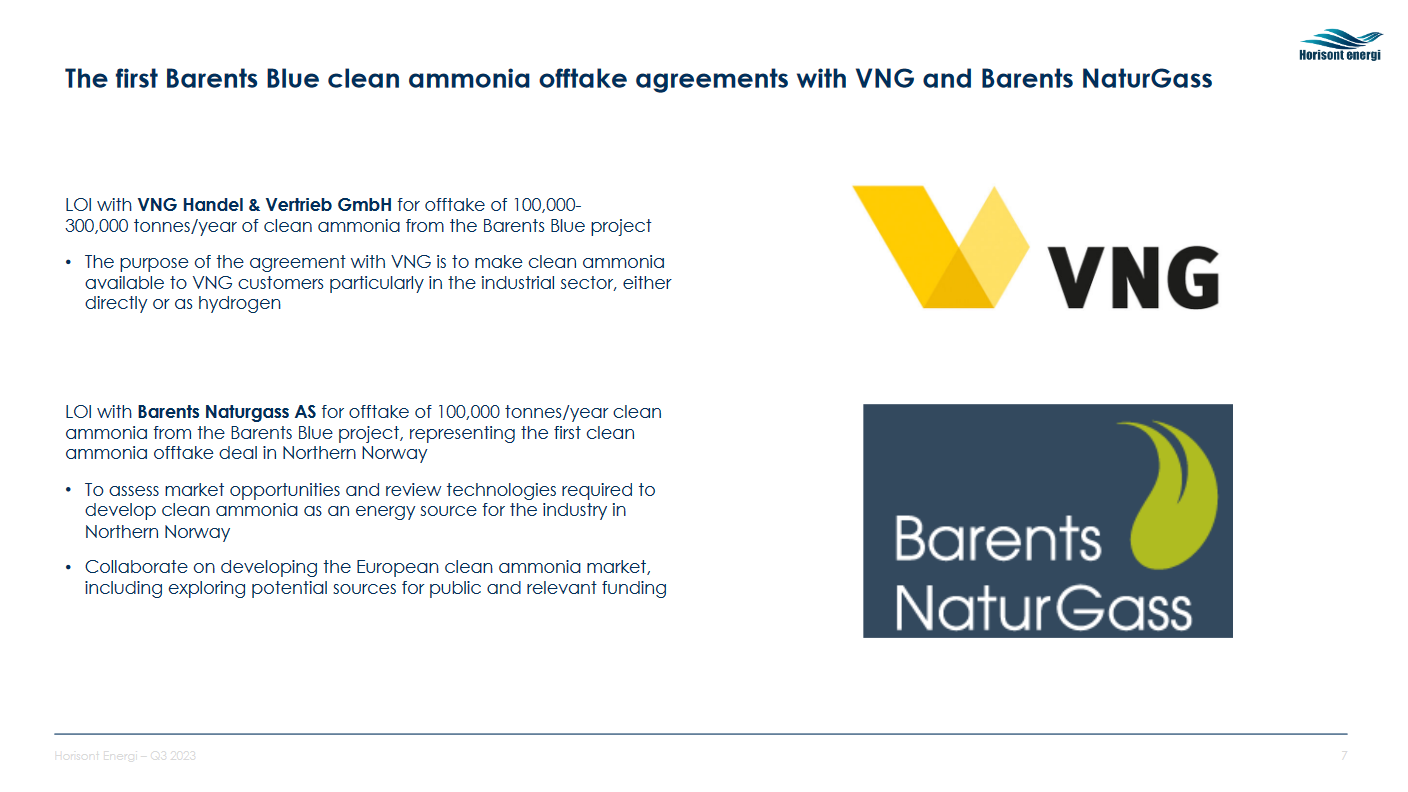Topsoe & Allied Green Ammonia to develop export project in Northern Territory
Topsoe will deploy its new dynamic ammonia technology at Allied Green Ammonia’s under-development project on the Gove Peninsula, Northern Territory (and potentially its solid oxide electrolysis technology). Allied is targeting a production start in late 2028, with an initial capacity of more than 900,000 tonnes per year.








